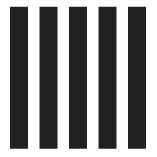Frequently Asked Questions to ChkBarcode
What does a 1D barcode consist of?
A barcode consists of two sufficiently contrasting colors: the background (ideally: white) and the foreground (ideally: black).
The barcode must currently be oriented horizontally or vertically (0 °, 90 °, 180 °, 270 °); slanting barcodes are not searched.1
The width of the thinnest bar (not necessarily occurring) defined by the according standard is called the x-module (or briefly "x").
Before the start and after the end of the barcode, there must be "sufficient" area in background color: the quiet zone. Usually there is a minimum (!) extent in the end product, which must comply with 10 "x". For some codetypes we have exceptions:
- for EAN8 7 „x“ is sufficient,
- for UPC-A is 9 „x“ provided,
- however, EAN13 requires 11 "x" at the start and 7 "x" at the end.
A barcode extends as far as the unchanged pattern repeats itself perpendicularly to the reading direction.
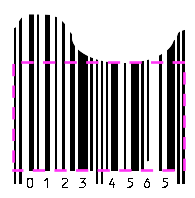
If bar lines are interrupted or visible objects are in the background, the barcode ends at this point.

It is therefore possible that a barcode with such a "fault" disintegrates into several parts. In that case each of them can be read separately.
Why is the reading direction sometimes not recognized?
Some codes do not contain directional information and are basically readable in both directions - with different results.

The Laetus Pharma code shown here can be interpreted correctly from left to right as "20" and in the opposite direction as "25". When using such codes, technical devices, for example gluing machines for folding boxes, have to make sure that the code is only read in the desired direction. Because ChkBarcode does not have information on the direction in which a code has to be read, both reading directions are given for these codes types.
Most modern codes contain additional information that clearly identifies the reading direction.
Why is my correct Laetus code not decodable?
There are numerical values whose representation as Laetus code contains only bars of the same width (for example, the values 4, 5, 30, 31, 62, 63, 126, 127 - shown here is 62).
The specification of the Laetus Pharma Code generally disadvises to use these codes.
What does a 2D Barcode consist of?
A barcode is detected by its timing signal: a repeating periodic light-dark pattern.
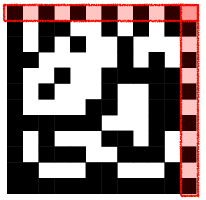
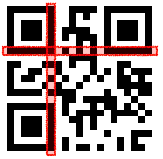
The pattern simultaneously serves to form a raster for reading the barcode. If this timing signal is damaged or there are too many deviations in the dimensions of the squares, the code will not be found.
Why are two different-looking QR codes decoded the same way?
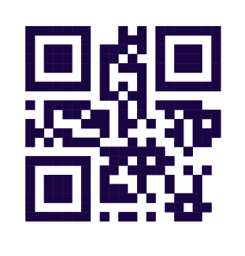
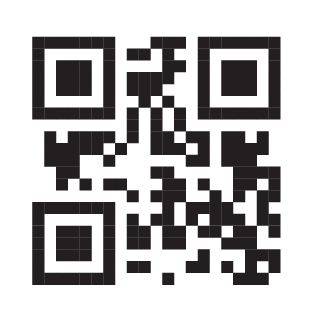
The QR codes can contain various information for character encoding. When creating the codes, different settings can be used for the error tolerance. Finally, there are still possibilities for the selection of different linking masks. Thus, two completely different-looking QR codes, which contain even a different number of raster cells, can actually contain the same plaintext.
Why is my code decoded unexpectedly?
Some codes are actually metacodes: a "PZN" barcode for example is using the "Code39" system.
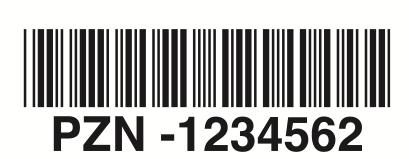
Thus, after decoding, it is decided that a Code39 is a PZN code when it encodes a plaintext such as "* - ####### *". The wrong choice of the text which has to be encoded can apparently cause that the type of barcode is changing.
EAN13 or UPC-A?
By looking at the dashes of a barcode, EAN13 and UPC-A are not distinguishable.
EAN13 is represented by thirteen characters, UPC-A by twelve characters: the UPC-A code is "missing" the leading zero, which would be present in case of reading an EAN13 code. Thats why each UPC-A is an EAN13 (with leading zero). However, only EAN 13 codes beginning with a "0" are valid UPC-A.
An analysis of this problem is given by of George Laurer, the developer of the UPC-A code, here:
https://www.nationwidebarcode.com/are-upc-a-and-ean-13-the-same/
Can warnings be suppressed in the generated report?
With an option like --no_warning=same_type_different_text,imprecise_code warnings can be suppressed in PDF-Report. In the XML report, warnings are always included.
1Depending on the printing method, slanting barcodes should be avoided anyway. A 45 ° inclined barcode is printed with a square grid with only about 70% of the resolution used.

